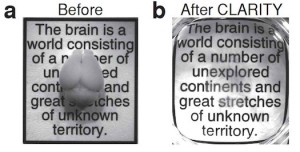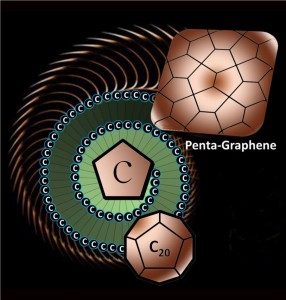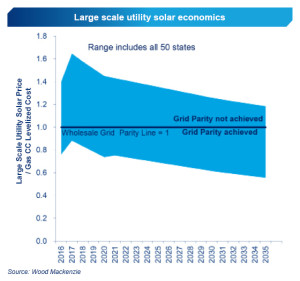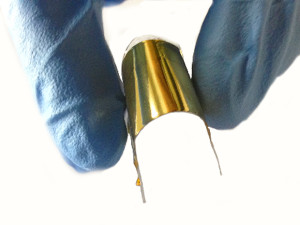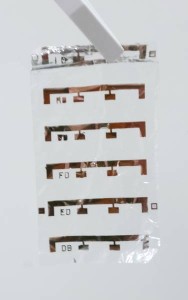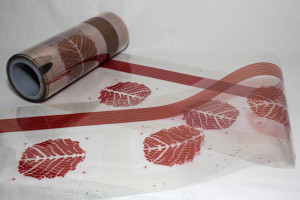
The colors surrounding the Altmetric “donut” reflect the mix of sources contributing to an article’s Altmetric score.
For many years, the Journal Impact Factor (JIF), as indexed in Thomson Reuters’ Journal Citation Reports (JCR), in the world of academic publishing has been accepted as a near-universal means of measuring the importance of scholarly publications. Despite the widespread use of this traditional bibliometric, the JIF lacks the ability to provide authors and readers information regarding the impact of individual articles.
Starting in December 2014, ECS joined the ranks of many other scholarly publishers supplementing aggregate journal impact data (provided by the JIF) with a type of article level metrics (ALMs) called alternative metrics, or “altmetrics,” as they have come to be known. To provide article-level impact data for its journals, ECS has chosen to use the article level metrics service provided by the company Altmetric.
Article level metrics are a better way for authors to track the discussion and attention surrounding their works. Unlike the JIF, the Altmetric system reports data for articles, from a variety of potential sources. Using these data, Altmetric generates a score for individual articles in near-real-time. These scores are produced using a number of outlets including
- online reference managers (Mendeley, CiteULike);
- mainstream media (newspapers and magazines); and
- social media (blogs, Twitter, Facebook, etc.).
The data acquired from these sources are weighted based on the volume of attention, the sources of attention, and the influence or relative importance of the source.




